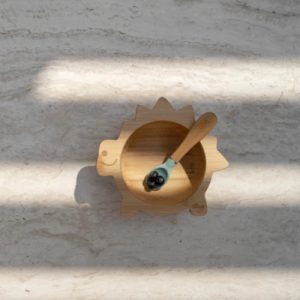Which Is The Easiest Dance To Learn?

Dance is an excellent form of art that consist sequence of movement. This movement has symbolic value. It can be categorized into many types. The main types of dance are Waltz, foxtrot, rumba, and step-ball-change. Each has different steps and requires different levels of experience. You can learn all of them quickly if you have the right attitude and motivation. If you aren’t ready to commit to a particular dance, you can join dance classes in Dubai.
Rumba
The Rumba is a Latin dance with a basic three-step count – Slow, quick, and quick. Its tempo is 108 to 140 beats per minute (bpm), and a steady four-beat rhythm accompanies the dance steps. The basic steps involve a slow forward or backward step, followed by two quick side steps. The steps are always counted as Slow, Quick, and Quick. Each slow step is danced over two beats of music, while the quick step is danced over one beat.
Waltz
The Waltz is one of the easiest dances to learn. It has a simple rhythm and is usually danced to a classy tune. It uses a 1, 2, 3 count and a 3/4 time signature. In addition to following the leader, it also involves “rise and fall” motions throughout the dance.
The basic step of the Waltz is called a box step, and it is one of the foundational movements of the dance. The waltz has six basic movements, each of which has a specific purpose. The leader will open up in a box step and lead the other dancer with their left foot. The follower will execute the backward half of the box step with the right foot.
Step-ball-change
The step ball change is one of the most basic dance moves. It’s a quick and simple movement and can be performed in many different styles. You can learn this dance in any genre, including salsa, tap, jazz, and samba. You can start with this simple dance and progress to more difficult dances, or you can learn the step-ball-change and a few more advanced dances as you progress.
Foxtrot
The foxtrot is a simple dance that involves close contact between partners. The leaders and followers stand together with their feet, with the leader’s left hand resting on the lady’s left shoulder blade while the follower rests on the leader’s right arm. The basic forward and backward steps are performed in alternating rhythms.




